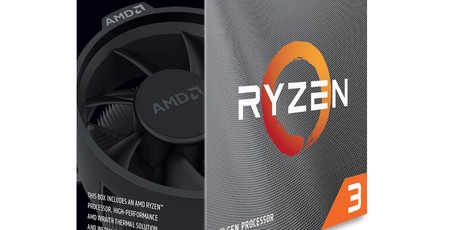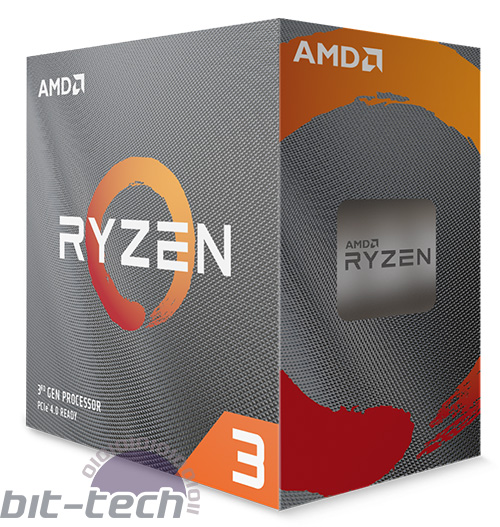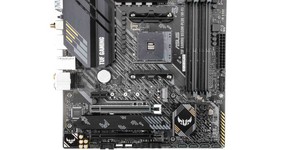
Overclocking
Raising voltages is not apt for these budget processors. Both chips managed to run at an all-core 4.4GHz with a simple multiplier adjustment in the BIOS.
The Cinbench R20 multi-threaded score increased to 2,670 on both counts, offering the biggest absolute gain to the Ryzen 3 3100.
Gaming wise, the Ryzen 3 3300X remained ahead due to its more efficient caching structure.
Performance Analysis
We can only compare against Intel 9th Gen parts. As such, the performance of both new Ryzen chips is decent in regular applications and gaming. The numbers show the 3100 matches the lower-end Core i3 chips in most places, but is faster when its full gamut of eight threads is tasked.Ryzen 3 3300X is the better bet even when the extra $20 premium is taken into account. It's about 10 percent faster than the 3100 across the board, and good enough to beat out the dearer Core i5-9400F in multi-threaded tasks whilst keeping a close eye on it gaming. Right now, it's also a good match for the vastly dearer Core i5-9600K in everyday tasks, even if it falls somewhat behind in gaming. AMD's Ryzen 3 positioning will make more sense when Intel fully unleashes desktop 10th Gen Core chips in the coming weeks, so we'd recommend you hold off buying decisions until then.
Conclusion
AMD completes the Zen 2 desktop stack with a couple of entry-level models carrying the Ryzen 3 name. For the first time, both feature SMT technology in this category, elevating performance to more than decent for everyday tasks and gaming. Intel may catch up to AMD's enviable price-to-performance ratio but will remain behind on the supporting chipset stakes when upgraded B550 models roll into town next month.

With a combination of strong CPU performance and forward-looking motherboard support, it's difficult to look past AMD for budget, mainstream and performance builds. Ryzen 3 adds more muscle at the cheaper end of the CPU market, meaning that it's impossible to buy a bad one.
Ryzen 3 3300X works best for those who want the best experience without touching anything in the BIOS, though a couple of flicks turns the cheaper Ryzen 3 3100 into a more potent performer. Both are good choices and deserve serious consideration for your next mid-budget build.


MSI MPG Velox 100R Chassis Review
October 14 2021 | 15:04







Want to comment? Please log in.